Paring knives are small and handy kitchen knives made for jobs that need precision. The blade is short, about 2.5 to 4 inches long. You can use it for peeling fruits and vegetables, trimming fat, deveining shrimp, or making small decorative cuts. Because it is light and sharp, it is one of the most important tools in any kitchen. Both home cooks and professional chefs rely on it.
In this Ultimate Guide (2025), you will:
- Learn what paring knives are used for
- Explore the different types
- See the pros and cons
- Get safety and maintenance tips
- Find out how to choose the best paring knife
What is a Paring Knife?
Definition & Blade Size:
A paring knife is a small and sharp kitchen tool made for jobs that need accuracy. The blade is short, usually 2.5 to 4 inches long. Because of this size, it is easier to control than a chef’s knife. People use it for peeling, trimming, and cutting small items that require detail.
Why Chefs & Home Cooks Use It:
Chefs and home cooks choose paring knives because bigger knives are not always safe for small jobs. With a paring knife you can:
- Peel fruits and vegetables without wasting flesh
- Trim herbs or small cuts of meat
- Devein shrimp or remove seeds from peppers
- Make fine garnishes or decorative cuts
👉 Professional chefs often call it the “go-to precision tool.” Home cooks like it because it is light, safe, and easy to use.
Typical Features of a Paring Knife:
Most paring knives share these key features:
- Lightweight design → gives better control, even for beginners
- Versatile use → works for peeling, slicing, trimming, and garnishing
- Precise blade → allows clean cuts without damaging food
Tip: A good paring knife feels balanced in your hand and stays comfortable even if you use it for a long time. That balance makes it a must-have knife in every kitchen.
Also Read : What Is a Nakiri Knife Used For? Hidden Secrets 2025
What Are the Different Uses of a Paring Knife?
A paring knife is made for small and detailed jobs that bigger knives cannot handle well. Its short blade and sharp edge make it safe, quick, and easy to control. Let’s look at the most common uses:
Peeling Fruits and Vegetables:
Paring knives are the best tool for peeling:
- Apples, potatoes, cucumbers, and other produce
- The short blade follows the curve of the food
- You peel thinly, so less waste
- Safer than using a large knife for small items
Trimming Fat & Deveining Shrimp:
This knife makes delicate cleaning tasks simple:
- Trim fat from meat with accuracy
- Remove veins from shrimp without tearing the flesh
- Use it for other small cleaning jobs in the kitchen
Removing Seeds from Peppers:
A paring knife is sharp and small enough to:
- Slice open peppers with control
- Scoop out seeds quickly
- Remove cores without breaking the pepper’s shape
Cutting Small Garnishes:
Want to make food look attractive? A paring knife is ideal for:
- Shaping citrus twists for drinks
- Cutting strawberries into flowers
- Creating decorative cuts in vegetables
Slicing Garlic & Herbs:
Paring knives are great for fine slicing tasks:
- Slice garlic cloves into thin pieces
- Chop herbs like basil or mint without bruising
- Keep cuts even and controlled
How to Use a Paring Knife for Peeling & Slicing:
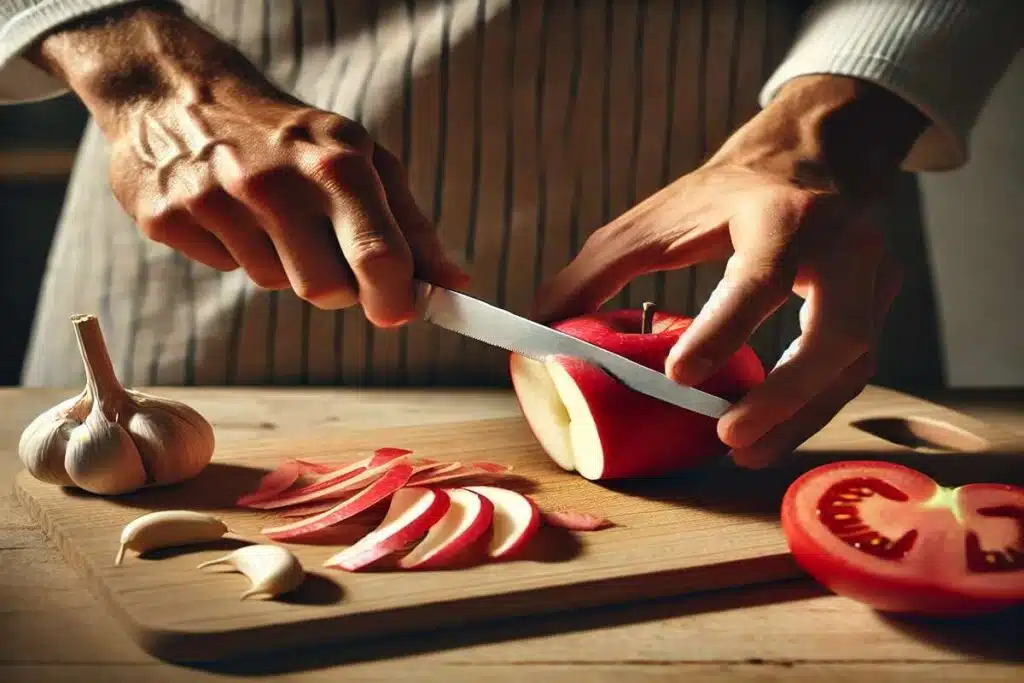
- Hold the knife firmly with your main hand
- Keep the food steady with your other hand
- Use short, controlled strokes instead of long slices
- Always cut away from your fingers for safety
Tip: When peeling apples or potatoes, turn the food slowly in your hand. This helps remove the peel in one clean strip.
Best for Fruits and Vegetables:
Paring knives truly shine when you work with produce:
- Perfect for citrus → peeling oranges or lemons
- Great for berries → hulling strawberries
- Useful for tomatoes → coring before slicing
- Helpful for potatoes → removing eyes or blemishes
Also Read : What Is a Boning Knife Used For? Kitchen Tips & Savings
Types of Paring Knives
Paring knives are available in several styles. Each type has a special design that makes it better for certain kitchen jobs. Let’s look at the four most common types.
Spear Point Paring Knife:
The spear point paring knife is the classic style that most people know. It has a straight blade with a sharp, pointed tip. This design makes it a good all-purpose knife for peeling, trimming, and slicing small foods. Because it is so versatile, many chefs recommend it as the first paring knife to buy.
Bird’s Beak Paring Knife:
The bird’s beak paring knife has a curved blade that looks like a hook. It is mainly used for:
- Peeling round fruits such as apples, citrus, and kiwi
- Making decorative cuts and garnishes
- Carving small details in vegetables
Its curved edge follows the natural shape of the food, which makes it easier to handle tricky peeling tasks.
Sheep’s Foot Paring Knife:
The sheep’s foot paring knife has a straight cutting edge and a rounded tip instead of a point. This makes it safer and easier to control. It works best for:
- Straight cuts
- Thin vegetable slices
- Chopping fresh herbs
Many home cooks like this type because it lowers the chance of slipping while cutting.
Serrated Paring Knife:
The serrated paring knife has a short blade with saw-like teeth. It is the best choice for soft foods with tough skins. For example:
- Tomatoes
- Grapes
- Citrus fruits
- Small bread rolls
The serrated edge lets you cut through delicate skins without crushing the food inside.
Tip: If you want a practical setup, keep at least two paring knives — one spear point for everyday jobs and one serrated for soft produce.
Paring Knife vs Other Knives
Paring knives are often compared with other common kitchen knives. While they may look similar at first, their purpose and best uses are quite different. Let’s see how a paring knife compares with a chef knife and a utility knife.
Paring Knife vs Chef Knife:
The chef knife is the main workhorse in the kitchen, usually 8–10 inches long. It handles chopping, slicing, and dicing large foods like onions, meat, and carrots.
The paring knife, on the other hand, is much smaller (2.5–4 inches). It works best for detailed tasks such as peeling, trimming, or cutting small fruits.
Paring Knife vs Utility Knife:
A utility knife is mid-sized, usually 5–7 inches long. It bridges the gap between a chef knife and a paring knife. Utility knives can slice sandwiches, cut medium fruits, or trim cooked meat.
The paring knife is still smaller and more precise. It cannot replace a utility knife for larger cuts but does better for delicate peeling and garnishing.
Comparison Table: Paring vs Chef vs Utility
| Feature | Paring Knife | Chef Knife | Utility Knife |
| Blade Size | 2.5–4 in | 8–10 in | 5–7 in |
| Best Uses | Peeling, trimming, garnishing | Chopping, slicing, dicing large foods | Sandwiches, medium fruits, cooked meat |
| Pros | Precise, lightweight, safe for detail work | Powerful, versatile, handles big tasks | Flexible, covers many mid-sized jobs |
| Cons | Too small for large cuts | Heavy, less control for fine work | Not as precise as paring, not as strong as chef knife |
Tip: A complete kitchen usually needs all three knives. The chef knife does the heavy work, the utility knife covers mid-sized jobs, and the paring knife takes care of detail and precision.
Buying Guide: How to Choose the Best Paring Knife
Choosing the right paring knife can make your cooking easier and safer. Before you buy, look at the blade, the handle, and the overall value. Here’s what you should check:
Blade Material:
The blade is the most important part of any knife. Paring knives usually come in three main materials:
- Stainless Steel → Durable, rust-resistant, and easy to maintain. Best for daily home use.
- Carbon Steel → Stays sharper longer but can rust if not dried properly. Chefs love it for precision work.
- Ceramic → Extremely sharp and lightweight, but fragile. Good for fruits and vegetables, not for hard foods.
Handle Comfort & Grip:
A knife should feel comfortable in your hand. Test how the handle feels before buying:
- Look for a non-slip grip, especially if your hands get wet while cooking.
- Choose a handle that feels balanced and steady.
- Wooden handles look classic, while plastic or composite handles are easier to maintain.
Price Range & Recommended Brands:
Paring knives are usually affordable, but quality matters. You don’t need to spend a fortune, but avoid the cheapest options.
- Budget range ($10–$20): Victorinox paring knives are popular, sharp, and long-lasting.
- Mid-range ($30–$60): Wüsthof paring knives offer German steel quality with great balance.
- Premium ($70+): Shun paring knives (Japanese steel) are known for sharpness, beauty, and craftsmanship.
Tip: If you’re starting out, buy one reliable spear point paring knife. Later, you can add a serrated or bird’s beak paring knife for more specific tasks
How to Maintain and Sharpen Your Paring Knife?
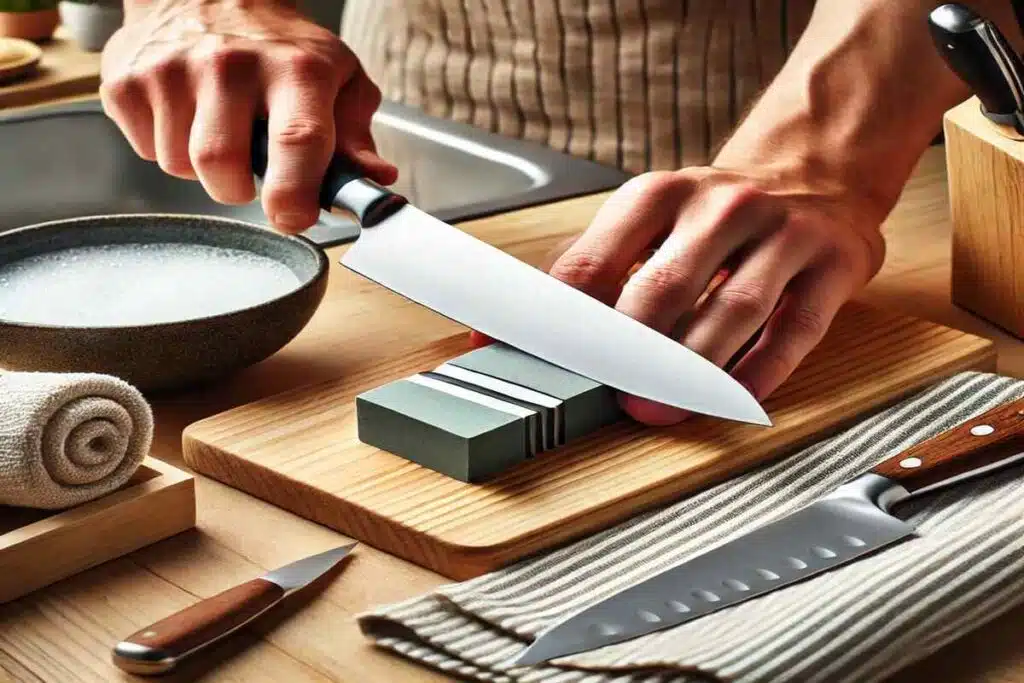
A paring knife will only stay useful if you take care of it. With proper cleaning, sharpening, and storage, the blade will last longer and remain safe to use.
Proper Cleaning Method:
- Hand wash only: Always wash your paring knife by hand with warm water and mild soap.
- Avoid dishwashers: The heat and detergent in a dishwasher can damage the blade and handle.
- Dry immediately: Wipe the knife dry with a soft towel to prevent rust and water spots.
Sharpening Tips:
Even the best knife becomes dull over time. Keep it sharp for safe and smooth cuts:
- Honing rod: Use a honing rod regularly to keep the edge aligned.
- Whetstone: Sharpen the knife on a fine-grit whetstone for best results.
- Professional service: If you are not confident, get it sharpened by a professional once or twice a year.
Tip: A sharp knife is safer than a dull one, because you don’t need extra force while cutting.
Storage (Blade Guard or Knife Block):
Never leave your paring knife loose in a drawer — it can get damaged and unsafe. Better options are:
- Blade guard or sheath → Protects the edge and makes storage safe.
- Knife block or magnetic strip → Keeps the knife within reach and prevents the blade from chipping.
Can a Paring Knife Be Used for Carving?
A paring knife can handle some carving jobs, but it is not made for everything. The answer depends on what type of food you are carving.
When a Paring Knife Works:
You can use a paring knife for small and delicate carving tasks, such as:
- Carving designs into fruits like apples or melons
- Creating decorative cuts in vegetables
- Shaping citrus peels for garnishes
Because the blade is short and sharp, it gives you control for detail work.
When a Paring Knife is Not Suitable:
A paring knife is not the right choice for large or heavy carving jobs, for example:
- Cutting large roasted meat
- Slicing turkey or chicken
- Carving big pieces of ham
For these tasks, a chef’s knife or a carving knife is safer and more effective.
Tip: Think of the paring knife as a detail tool. It is perfect for small fruits and vegetables, but when it comes to big meat cuts, switch to a larger knife.
Conclusion
A paring knife may be small, but it is one of the most important tools in any kitchen. From peeling fruits and trimming herbs to making decorative cuts, it helps you handle jobs that bigger knives cannot do with the same precision.
If you want a complete kitchen setup, having a reliable paring knife is just as important as owning a chef’s knife or a utility knife. Its lightweight design, sharp blade, and versatility make it a must-have for both home cooks and professional chefs.
Final Tip: Start with a simple spear point paring knife for everyday use. Later, add a serrated or bird’s beak paring knife if you want more options for fruits, vegetables, or decorative work.
👉 Ready to upgrade your kitchen? Choose a quality paring knife today and make your cooking tasks faster, easier, and safer.
FAQ
What is a paring knife used for?
A paring knife is used for peeling fruits and vegetables, trimming fat, deveining shrimp, slicing garlic, and making small garnishes. It is perfect for tasks that need control and detail.
What is the difference between a paring knife and a normal knife?
A paring knife is small and precise (2.5–4 inches), while a normal kitchen or chef’s knife is large and versatile (8–10 inches). The paring knife is for detail work, and the chef’s knife is for bigger chopping and slicing jobs.
Can a paring knife cut meat?
Yes, but only for small tasks such as trimming fat or slicing small cuts of cooked meat. For large cuts of raw meat, a chef’s knife or carving knife is more effective.
What is a 3-inch paring knife used for?
A 3-inch paring knife is great for peeling apples, coring tomatoes, deveining shrimp, hulling strawberries, and cutting small garnishes. The short blade gives better control for fine cuts.
What is a serrated paring knife used for?
A serrated paring knife is used for foods with soft flesh and tough skin. It works best on tomatoes, grapes, citrus fruits, and small bread rolls, cutting smoothly without crushing the inside.
How long should a paring knife last?
With proper care, a paring knife can last for many years, staying sharp and effective.
What is the best paring knife brand?
Some of the most trusted paring knife brands are:
- Victorinox → Budget-friendly, durable, sharp
- Wüsthof → German steel, balanced, professional quality
- Shun → Japanese steel, premium sharpness, stylish design


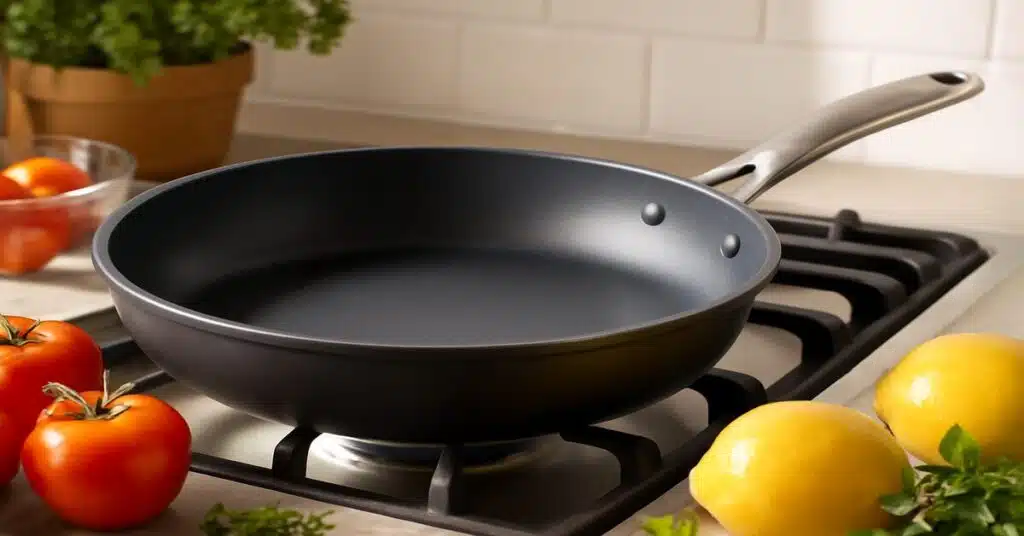
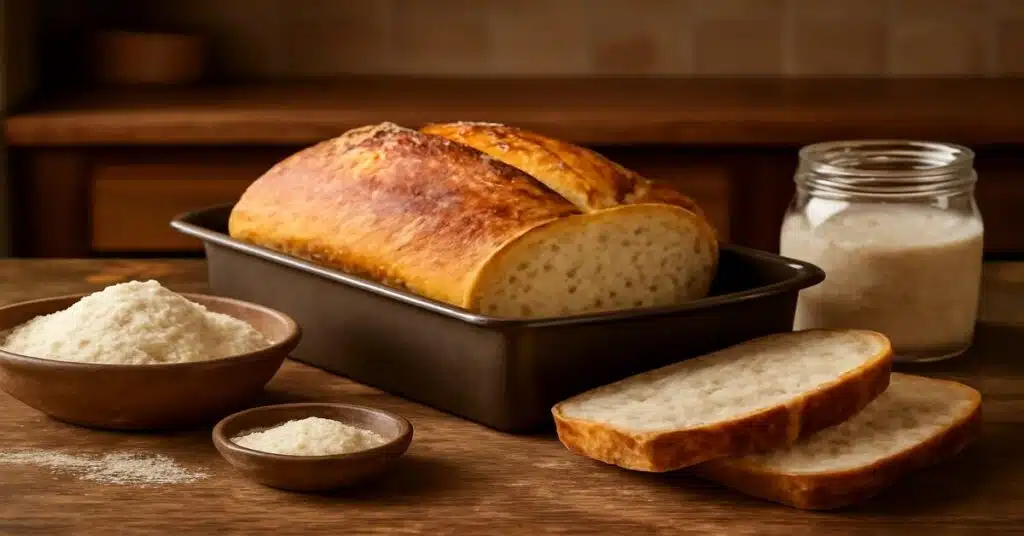

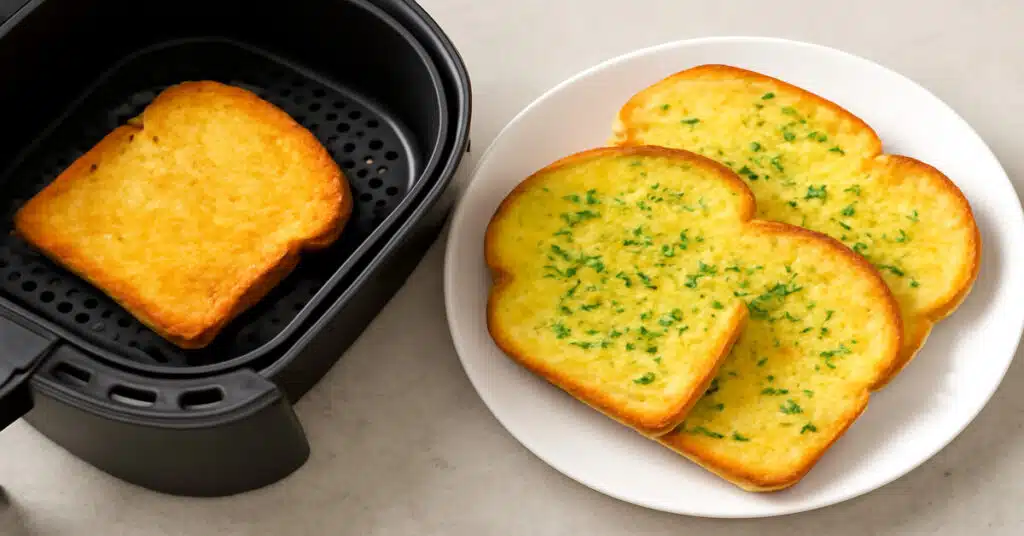
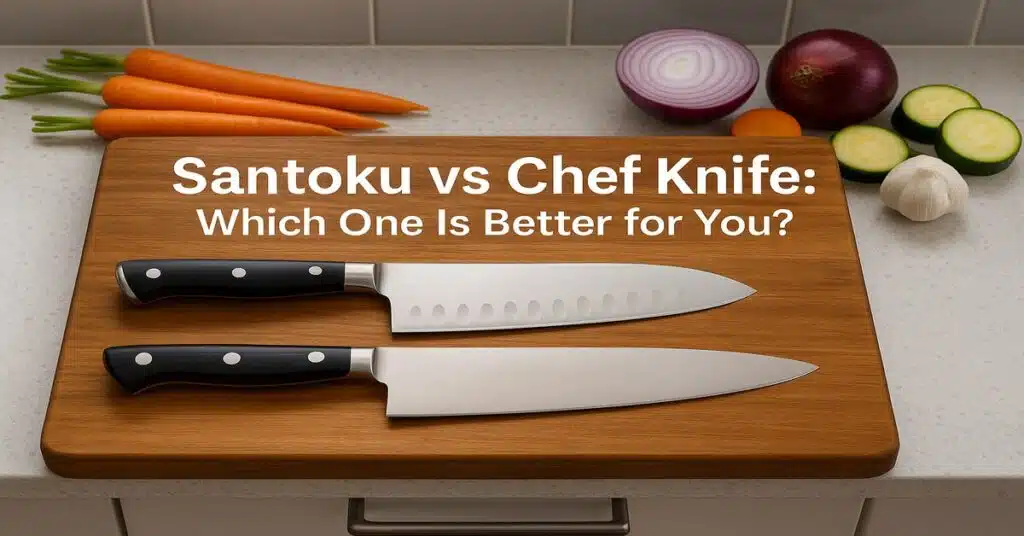
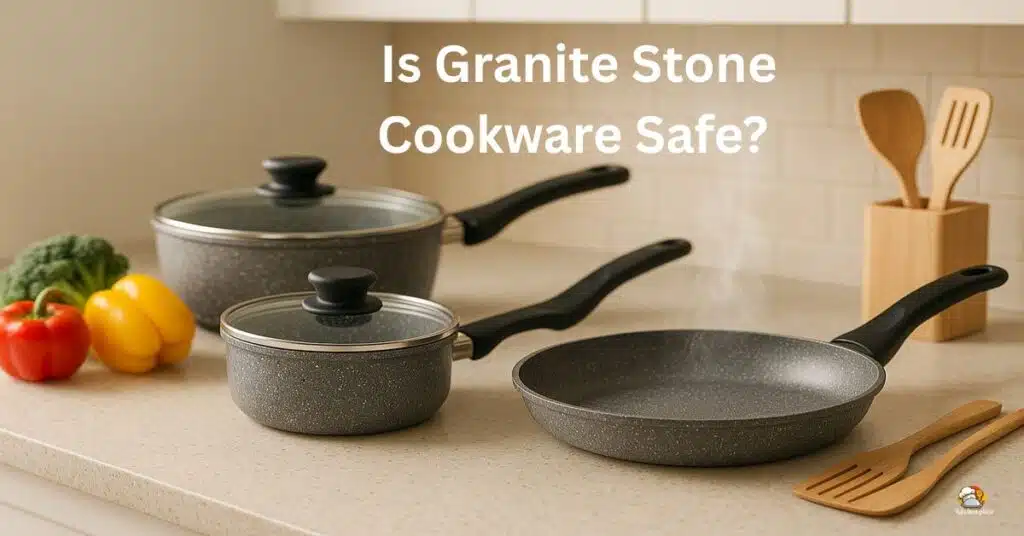

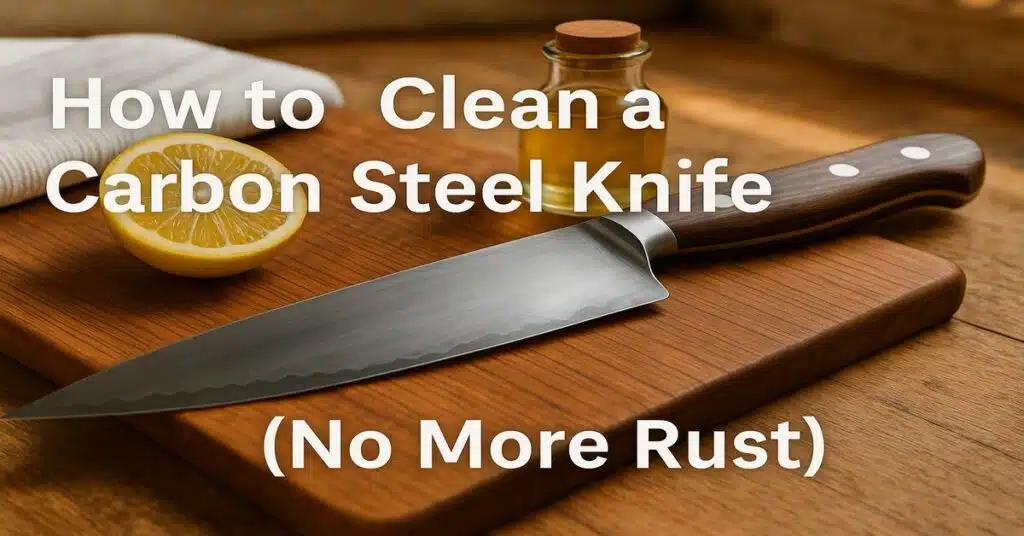



Pingback: Santoku vs Chef Knife: Which One Is Better for You? - kitchenpluse.com